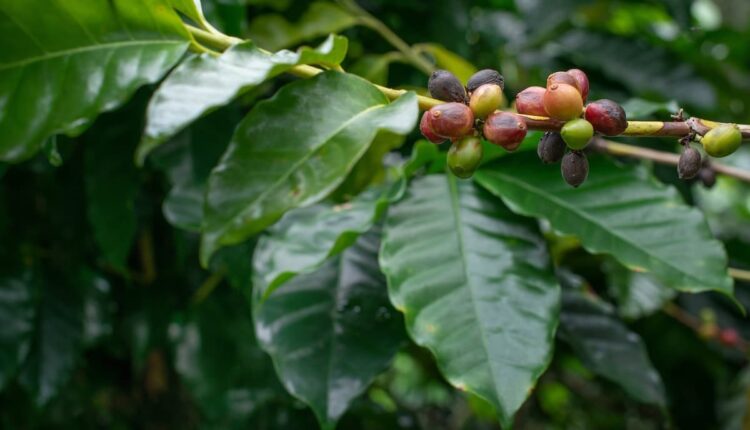Researchers make coffee berry borer detection breakthrough – BeanScene
Researchers from Edith Cowan University (ECU) in Perth, Western Australia, have developed a new software system that can detect coffee berry borer infections faster than the human eye.
The coffee berry borer – a pathogen that destroys coffee berries – is a serious pest impacting coffee farmers, yet the research team say the new software system has the potential to save crops worldwide with its quick method of detection.
The researchers developed the program using colour and shape separation via L-systems software, an image processing method that mimics human vision to quickly identify infection.
With the new technology, it is hoped farmers will be able to fly drones over coffee crops instead of looking for the pest by eye.
“Coffee berry borers are very difficult to identify. They’re tiny little insects that are very difficult to see with the naked eye,” says ECU Lecturer Dr David Cook.
“However, instead of looking for the coffee berry borer itself, we looked for what it did.”
“If you imagine when you drill into a piece of wood you see little bits of sawdust gather around the outside of the hole. In the same way, when a borer bores into a coffee berry, they leave an enormous amount of debris, called frass and this is much easier to identify.”
Identifying berry borers before they have done too much damage is essential to stop the spread. Dr Cook and team hope their research can help farmers act quickly to protect their crop.
“The problem with the coffee berry borer is if it’s not recognised, it spreads through the various berries from bunch to bunch then bush to bush, and it can destroy an entire crop,” says Dr Cook.
“This allows farmers to make very quick decisions about which parts of a crop might be infested with this particular pathogen and begin treating immediately.”
The result of this software could also have an impactful economic benefit for coffee farmers.
“This coffee berry bora affects coffee in South America as well as throughout Indonesia and parts of Africa. So, for the three major producing areas for coffee, it’s a big thing,” says ECU Senior Lecturer and Co-Author Dr Leisa Armstrong.
“Coffee is a high value crop. If you can eradicate the infection and save a crop rather than losing a percentage of the harvest, then it’s a financial improvement.”
“If there is more high-quality coffee, then from an economics perspective, that should mean coffee isn’t quite so expensive. I’m not sure it’s going to drop the price, but it might prevent it from going up dramatically if there is a coffee shortage.”
Source: Bean Scene Mag



